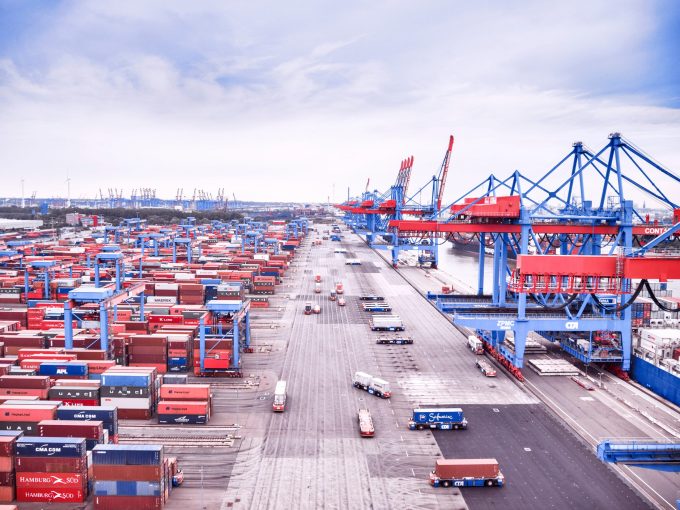Carrier groups likely to have eyes on DP World's Nhava Sheva concession
Global container carrier heavyweights are likely to bid for the upcoming re-award of a container ...

Congestion issues continue to plague Hamburg’s flagship automated Container Terminal Altenwerder (CTA), due to operator HHLA’s modernisation programme, forcing carriers to drop sailings into Germany’s largest port.
Jan Kolditz, director of IT and terminal development of HHLA, told The Loadstar on the sidelines of the recent ...

Comment on this article